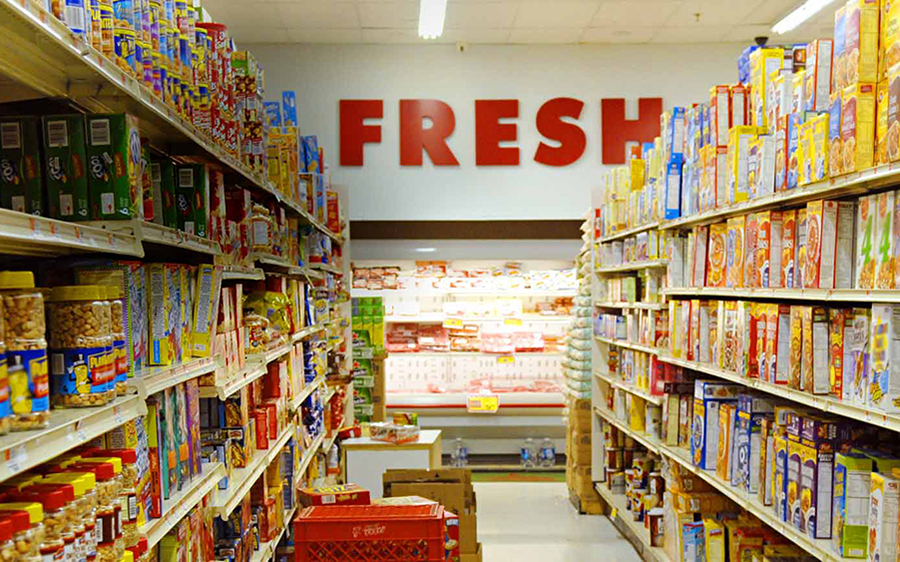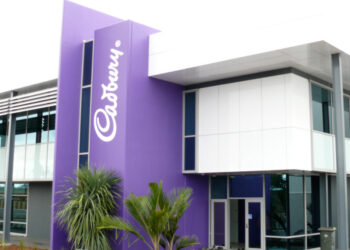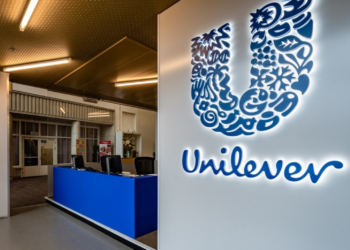- Six FMCG companies in Nigeria reported a surge in revenue despite economic challenges in 2022 due to the Russia/Ukraine war.
- These companies include BUA Foods, Cadbury, Dangote Sugar Refinery, Nascon, Nestle, and Unilever.
- Their collective revenue increased by 32.9% in 2022 compared to 2021, with combined profits after tax rising by 48.5%.
- Nestle had the highest revenue of N446.819 billion in 2022 and BUA Foods had the second-highest at N418.347 billion.
Nigerian FMCGs reported a surge in revenues despite facing a precarious economic environment in 2022.
The companies were just recovering from Covid-19 when the Russia/Ukraine war broke out, triggering new economic headwinds and uncertainty for global and local markets.
The spillover effects of the war, which started on February 24, 2022, took a heavy toll on the operations of many businesses in Nigeria. Yet, the companies were able to rely on price adjustments to deliver higher profits.
Focus on Nigerian FMCGs’ 2022 financial performance
Nairametrics analyzed the 2022FY financial results of six (6) fast-moving consumer goods (FMCG) companies in the consumer goods sector to ascertain the impact of the economic shocks on their performance. The companies are BUA Foods, Cadbury, Dangote Sugar Refinery, Nascon, Nestle, and Unilever.
The findings show that amid the very challenging macroeconomic headwinds characterised by rising interest rates, inflation, energy prices, and weakened consumer purchasing power, these FMCGs firms generated revenue of N1.470 trillion in 2022, 32.9% up from N1.107 trillion earned in 2021.
Consequently, combined profits after tax reported by the coverage companies rose by 48.5% year-on-year to N205.934 billion. The strong growth in PAT was observed to be on the back of healthy profit growth for virtually all the coverage companies.
- On costs of sales, the combined costs of sales of the companies under study rose by N31.08% on-year to N1.027 trillion in the 2022 FY, driven more by NASCON’s 61% growth in the cost of sales.
- In terms of operating expenses (OPEX), the combined OPEX of the companies printed at N159.40 billion in 2022FY from N130.944 billion recorded in 2021, representing 21.74% growth. Dangote Sugar recorded the lowest growth as its OPEX declined by 4.21%.
- Also, the combined operating profit growth of the companies rose by 54.07% year-on-year to N303.236 billion with Unilver recording the highest operating profit growth of 568%.
Going by their revenue and earnings growth juxtaposed with consumer declining purchasing power, which restricted effective demand, the coverage companies must have transferred much more than their costs to the consumers, though most of them did well in managing their costs given the impressive performance in their operating profit growth rate.
Nestle Nigeria Plc
Nestle recorded the highest revenue in 2022FY amounting to N446.819 billion, 27% up from N351.822 billion in 2021.
The company’s cost of sales grew by 32% y/y to N291.054 billion, buoyed majorly by a higher cost of raw materials. This is reflected in the gross profit. Gross profit for 2022 grew by 18.2% y/y to N155.8 billion.
Meanwhile, profit after tax of N48.965 billion was recorded for the year 2022, which represents a 22.3% increase over 2021.
Commenting on the result, Managing Director and Chief Executive Office of the company, Wassim Elhusseini, said:
- “I am extremely proud of the team’s ability to continue to achieve so much even under the current challenging business environment, enabling us to keep our commitment to deliver value for our shareholders, our consumers and the communities in which we operate.”
Though the company recorded impressive growths in revenue and profit after tax, we noted lower margins in 2022 compared to 2021. The lower gross margin reflects cost pressures on two fronts, higher raw materials and energy costs, both precipitated by the Russian-Ukraine conflict. Escalated energy costs weighed significantly on gross margins because of the heavy reliance on diesel for power and distribution of finished goods.
BUA Food Plc
BUA Foods reported the second-highest revenue of N418.347 billion in 2022, representing a 25.53% year-on-year growth.
Further analysis of the results shows that the sugar division contributed 66% to the total revenue generated in the period. Its sugar division generated N274.407 billion in 2022, a 31% y/y increase from N208.993 billion in 2021.
BUA Foods’ profit after tax grew by 31% year-on-year to N91.344 billion in 2022. Its net profit margin however increased marginally by 90 basis points to 21.83% on the back of rising net finance cost and income and deferred tax expense.
Dangote Sugar
Revenue reported by Dangote Sugar Refinery grew by 46.07% to N403.236 billion in FY 2022 from N276.055 billion in 2021 on the back of a 45.3% y/y sales growth in the 50kg segment, constituting 97% of the company’s revenue.
As a result of the increased sale, lower operating expenses and increased finance income, profit after tax moved upward by 148% to N54.74 billion. The increase in profit resulted in a net profit margin of 13.58% in the full year of 2022, indicating a 5.59 basis points increase from 7.99% in the full year of 2021.
Interestingly Dangote Sugar recorded an impairment gain of N63.5 million on financial assets. This alongside an increase in finance income driven by higher bank deposit interest rates, led to a 34.31% y/y slump in net finance cost.
Unilever Nigeria Plc
Based on the 2022 FY report, Unilever’s revenue grew by 25.6% to N88.571 billion from N70.523 billion in 2021, driven by the growth in two of the company’s main product lines. While the food products segment grew by 37.5% to N42.628 billion, the home and personal care grew by 16.6% to N46.091 billion in 2022.
Despite the headwinds, the company was able to record an operating profit of N7.545 billion, up 568% from N1.129 billion recorded in 2021. Also, its 315% y/y growth in profit before tax is impressive.
Commenting on the results, the Managing Director, Carl Cruz said:
- “Unilever Nigeria remains focused on the delivery of its 4G growth model of competitive, consistent, profitable, and responsible growth.
- “Unilever is pleased with its performance progress riding on the pillars of operational efficiency, cost optimization, purposeful brands and increasing market share across key categories.”
But going by the company’s margins, it needs to do more on its cost optimization. Further analysis of the financials shows that the operating profit margin (8.52%) and net profit margin (5.04%) are considered low despite the impressive year-on-year growth.
NASCON Allied Industry
For the financial year under review, NASCON recorded the highest revenue growth (76.64%) amongst the coverage companies. Its revenue moved up to N58.8 billion from N33.3 billion in 2021, supported by growth in salt (up 79.8%) and seasons (up 49.99%).
The high revenue growth helped to offset the effect of the growth in the cost of sales, which grew by 61% y/y to N34.343 billion and thus maintained a decent gross profit margin of 42% in 2022.
Consequently, profit after tax increased by 84.1% by 84.1% to N5.5 billion for the year, compared to N3.0 billion achieved in 2021, bringing the profit margin to 9.30%.
However, looking at the gross profit margin of 42% and the operating profit margin (14.78%) is an indications of the impact of costs on the bottom line.
Cadbury Nigeria Plc
Cadbury recorded the lowest revenue. The company reported revenue of N55.21 billion in 2022, representing an increase of 30.3% over N42.37 billion in 2021.
The company’s financials also indicated that gross profit grew from N6.477 billion in 2021, to N7.76 billion in 2022.
Its Managing Director, Mrs Oyeyimika Adeboye in a statement said Cadbury Nigeria has continued to sustain its current growth trajectory in a tough business environment.
Further analysis of the results shows that the company’s operating profit declined by 49.7%, on the back of the high cost of sales and operating expenses. This is reflected in the company’s low margins, the lowest amongst the coverage companies. Cadbury’s net profit margin stood at 1.7%, though an improvement from the 1.01% recorded in 2021.




















It is a simple economics analysis. Price increase is always passed on to the final consumers